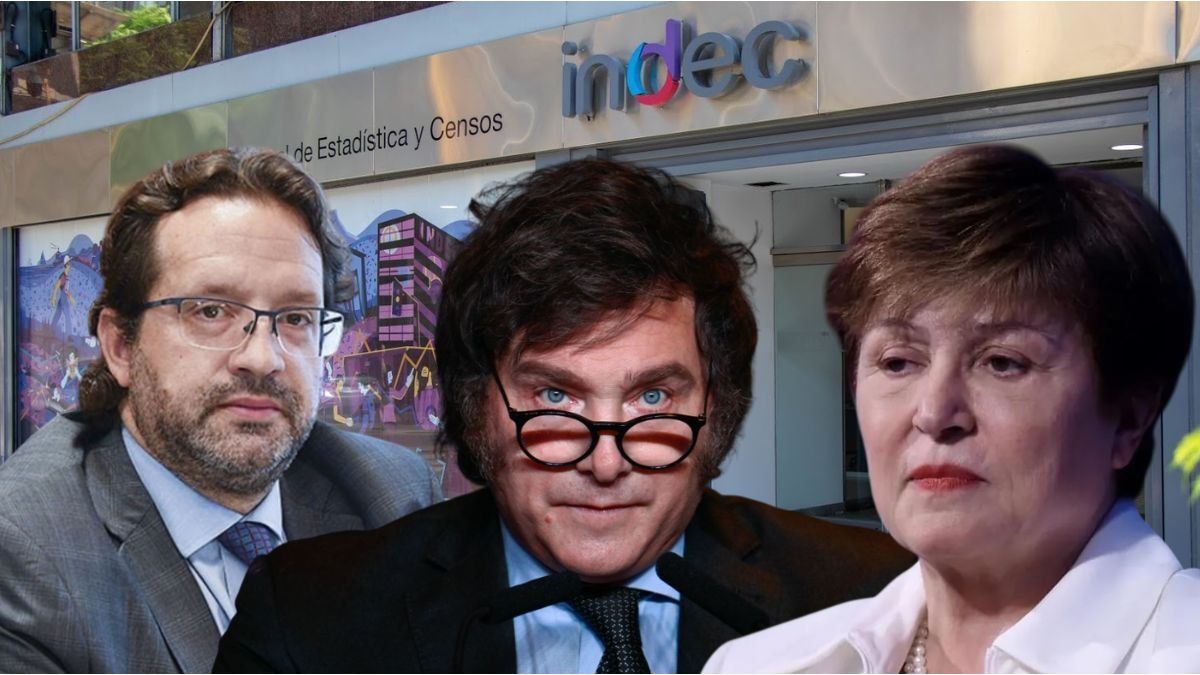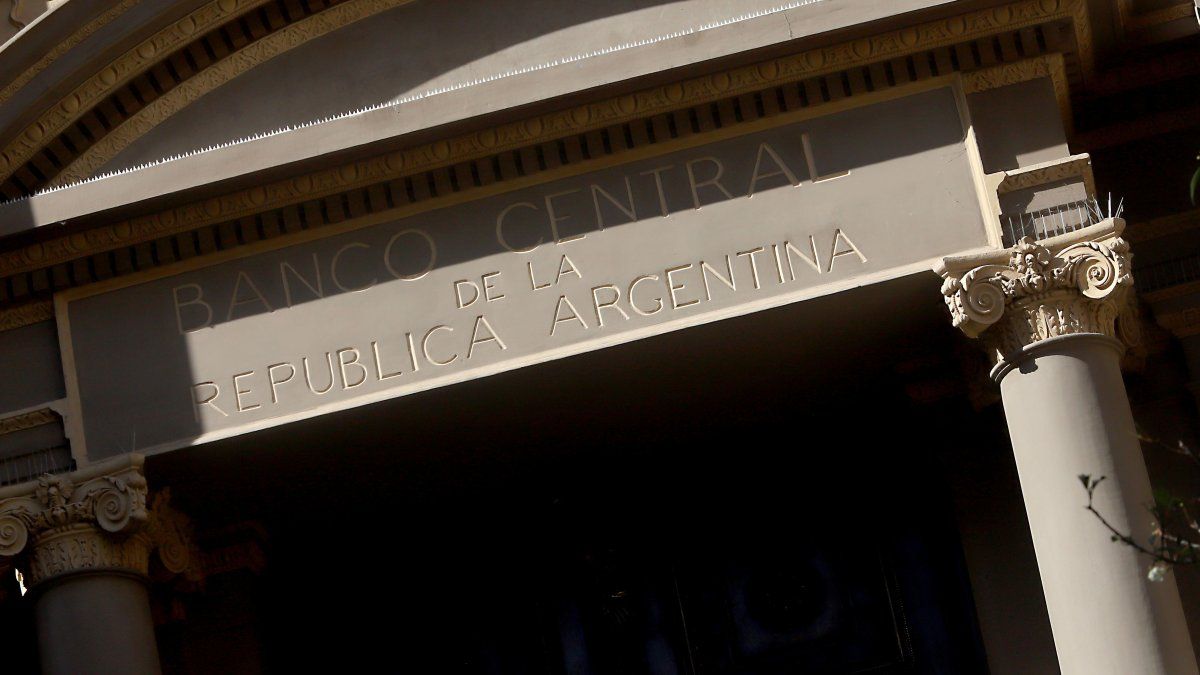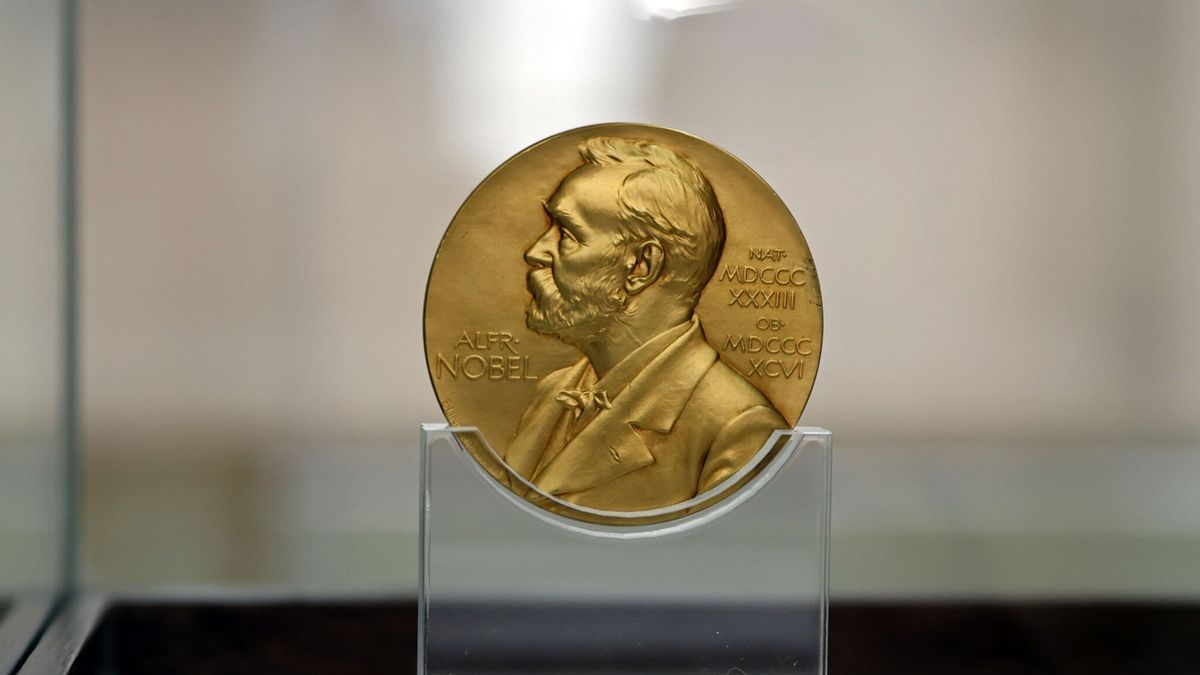“The Statistics Institute (INDEC) Publish at the end of 2025 the updated consumer price index (CPI), based on the 2017-2018 household expenses survey, to better reflect structural changes in cost patterns and improve the quality of the data. The precise moment of this publication will be discussed in the context of the next review“, emphasizes the IMP In a paragraph in the midst of the more than 100 pages that the report includes.
The project of Budget 2026 it foresees that inflation is located at 22.7% in 2025while the last Survey of market expectations (REM) of the Central Bank (BCRA) It positions it in 27% after 1.6 percentage points.
From the statistical institute they emphasize that “The technical work is completed” And they are “Waiting for institutional guarantees for update”. The director of INDEC, Lavagna framehe had explained last April that the update aimed to reflect more precision the consumption habits of the population and adapt to international standards. Among others, the new measurement are incorporated streaming services (such as Netflix, Spotify, etc.), the use of cell phones and other current consumer goods or services.
Beyond the entry of new products and services to the measurement of the CPI, the main objective of this update is to improve the data: “Differences can be 0.1% or 0.2%, it is not a large statistical difference”the economist stressed.
New CPI
Currently the price index takes the DIHO 2003/2004 data, which was carried out during the government of Mauricio Macriafter the intervention of INDEC during Kirchnerism, with the promise to update the survey. This readjustment took place between 2017 and 2018 with a new edition of the survey, which allowed the best consumption patterns to be better.
The substantial changes of the index are given in the weights of the same: one of the key divisions is homes and services that will go from having a weighting of 9.44% nationally to 14.5%. The increase of this division in June more than doubled the average of the CPI (3.4% housing vs. 1.6% general).
Transport would also raise his weighting of 11% to the 14%, After moving forward 63% In the last year, according to the Interdisciplinary Institute of Political Economics of the Uba, in front of an interannual inflation of the 39.4%. The increase responded largely to the reduction of subsidies implemented by the Government, which was 36% per year.
For its part, the segment of Non -alcoholic food and drinksthat so far had a weighting of 26.96%with the new index it will have an assessment of the 22.7%. It should be noted that this sector is within the prices that were most moderated: while previous years were above average inflation, in the last they positioned themselves below (32.3% vs. 39.4%).
The index will go from relief 320,000 to 500,000 priceswhile the informants will climb from 16,700 to 24,000. In addition to the change of index, work is also being done on the Papel format survey migration -It works so far with forms where price information is collected- to digital, With what I know that a lower margin of error is sought.
Enough 2017-2018
For its part, health I would have a lower weighting, it would go from 8.03% to the 6.4%. Clothing and footwear It would explain 9.9% of the CPI to be 6.8%, about 3.1 points below. Meanwhile, restaurants and hotels It would also lose 2.4 points in the total index, from 9% to 6.6%. At the far end, Communication will climb from 2.83% to the 5.2% for the interference of the consumption of Internet, platforms and telephones.
How much could inflation increase with the new index
The measurement of inflation according to the new weights are carried out by the economist Martín González Rozada Based on your “latent” consumer price index (IPCL) that in June gave it around 1.9% driven by the division of housing, water, electricity, gas and other fuelswhich explained the 34.5% of the inflation.
In the last 12 months, the interannual inflation per rozada was 42.5% in the IPCL, compared to the value of 39.4% in the official data -3,1 percentage points above. “As with monthly incidents, the interannual latent inflation is explained by the increase in division prices Housing, water, electricity, gas and other fuels while the incidence of the division of Non -alcoholic food and drinks He explained most of the interannual inflation in the official measurement, “analyzed the specialist on the difference between both indices.
In that sense, he added: “Housing, water, electricity, gas and other fuel divisions, food and non -alcoholic beverages and transport explained about 54% of the year -on -year increase in the general level of latent inflation. Meanwhile, the same divisions in the official measurement explain almost 48%, with a relative weight of non -alcoholic foods and much greater, almost a quarter of official year -on -year inflation. “
Source: Ambito




